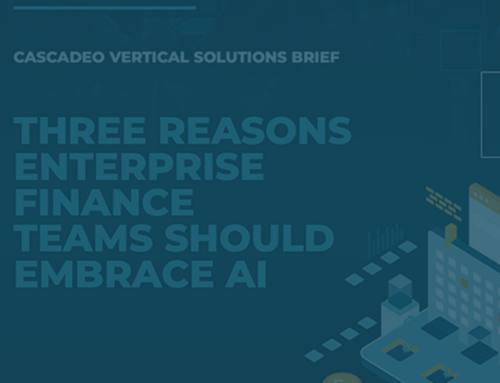
The essence of the digital immune system is in that last word: system. Building digital immunity is about transforming the way you think about your operations, from an approach that prioritizes recovery and response to one that emphasizes prevention.
Build Digital Health and Resiliency by Transforming Your Operations
In recent years most of us have become casual experts on the immune system. We’ve read about antibodies and T-cells and their activation, about hazards and pitfalls and prevention. We’ve heard about the innate immunity we’re born with and the adaptive immunity we acquire via exposure and vaccines. Sometimes the human immune system seems nothing short of miraculous. Other times it seems so fallible as to be useless. When its components work together and the risks it’s exposed to are manageable, the body is resilient and well. When those components stop working together, or one of them breaks down, we’re in danger from infection: too little immune activation; or auto-immune disorders: too much.

Your organization’s digital environment has a similar relationship to its health and resiliency. Design, development, operations, and analytics work together to keep your system stable. When key components of any of these functions fail, your critical business capacities become vulnerable, not only to security threats, but to performance issues that result in poor customer experiences, slowed market reactivity, and interrupted or delayed deployment and delivery.
What to do? Gartner recommends developing a digital immune system to optimize your critical and customer-facing functions, ensuring consistent, resilient operations, deployments, and release cycles, with a focus on six key processes: chaos engineering, autoremediation, observability, AI-augmented testing, software supply-chain security, and site reliability engineering. Each of these processes provides vital support to your operational stability.
But the essence of the digital immune system is in that last word: system. Building digital immunity is about transforming the way you think about your operations, from an approach that prioritizes recovery and response to one that emphasizes prevention. Although the value of this shift seems evident when we consider our health and safety, in many organizations, disaster recovery and loss mitigation receive the majority of the digital health focus. And while implementing these processes individually creates value, the strength of the system lies in their interrelated benefits providing comprehensive protection, serving as a preemptive strike against disruptions to customer experience, continuous innovation and delivery, and defects or failures that diminish system resiliency. Just as health experts have advised a multi-layered approach of vaccines, masks, social distancing, and isolation when symptomatic to mitigate the spread of Covid, a digital immune system brings together multiple advanced components into a net of practices that, in cooperation, increase your system’s resiliency while enhancing customer experience and retention, time to deployment, and market responsiveness.
This approach reaches beyond prevention, as well, into the realm of optimization. After all, when your immune system is operating at its highest level, it doesn’t just keep you from falling catastrophically ill; it keeps you well. Your innate immunity, when intact, keeps problems out: when you inhale a particle, your cough reflex kicks in. When bacteria lands on your skin, it stays on the surface. Your adaptive immunity learns from its environment: you get exposed to a pathogen or vaccinated for a disease and your body creates antibodies and T-cells to eliminate it from your system, and remembers how to fight it the next time it shows up.
Your digital immune system will have innate and adaptive features, as well. Your existing team, and all the security and continuity measures they’ve implemented, are now innate to your system, as is your knowledge of your customers, market, and products. Within your IT system, any pre-existing efforts toward observability that are already built into your operations are innate, as well. Some aspects of your system will be more adaptive than others: AI-augmented testing and autoremediation are ongoingly adaptive, teaching themselves and your system to work with new information all the time. Others, like chaos engineering and the implementation of software supply chain security and site reliability engineering, are more event-based, but adapt your operations to the constantly changing environment within which your system must thrive.
If all this seems impossibly complicated, keep in mind that when you work to improve your body’s immunity, you turn to experts: you read articles by credible scientists and talk with doctors. You take action in consultation with knowledgable and informed professionals to keep your system running its best. The same is true for your IT system; your primary innate feature, your current team, doesn’t necessarily need to be retrained or expanded. Managed and professional service providers can augment your existing staff to guide your strategic transition from reaction to prevention, and implement the tools of a coherent, effective digital immune system, optimizing your customer experience and your system’s health for the long haul.




